French documentarist Sonia Kronlund follows actor and director Salim Shaheen, an Afghan movie star who produced more than 110 low-budget movies in a country devastated by war.
Related Movies
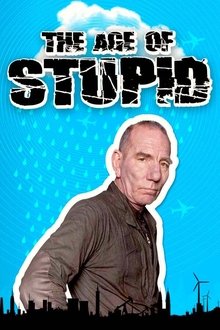
The Age of Stupid (2009)
Pete Postlethwaite stars as a man living alone in the devastated future world of 2055, looking at old footage from 2008 and asking: why didn’t we stop climate change when we had the chance?

Return of the River (2014)
A documentary on the world's largest dam removal project and its effects on the river ecosystem and surrounding communities.
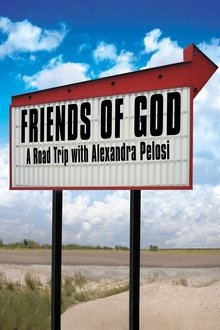
Friends of God: A Road Trip with Alexandra Pelosi (2007)
Alexandra Pelosi travels through the United States interviewing and filming several evangelical pastors and congregations.
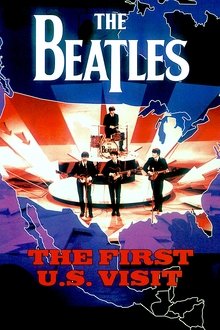
The Beatles: The First U.S. Visit (1991)
The Beatles First US Visit uniquely chronicles the inside story of the two remarkable weeks when Beatlemania first ignited America. The pioneering Maysles Brothers who filmed at the shoulders of John, Paul, George and Ringo, innovated an intimate documentary style of film-making which set the benchmark for rock and roll cinematography that remains to this day.
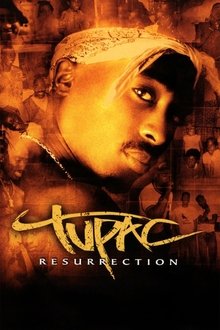
Tupac: Resurrection (2003)
Home movies, photographs, and recited poetry illustrate the life of Tupac Shakur, one of the most beloved, revolutionary, and volatile hip-hop MCs of all time.

Wie konnte es geschehen? - Teil 1: "Deutschland erwache..." (1914 - 1938) (2006)
In 1945, 160 German cities lay in ruins and the loss of millions of lives, billions in material assets and countless cultural treasures was mourned throughout Europe... With the question “How could it happen?”, the film goes back to the year 1914, when the “primal catastrophe of the 20th century” took its course with the First World War.
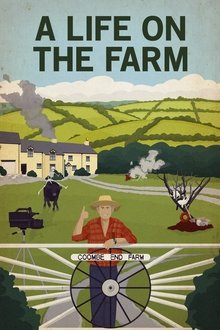
A Life on the Farm (2023)
A strange story from Somerset, England about a filmmaking farmer and the inspiring legacy of his long-lost home movies.

Keep Talking (2017)
Three Alaska Native women work to save their endangered language, Kodiak Alutiiq, and ensure the future of their culture while confronting their personal demons. With just 41 fluent Native speakers remaining, mostly Elders, some estimate their language could die out within ten years. The small community travels to a remote Island, where a language immersion experiment unfolds with the remaining fluent Elders. Young camper Sadie, an at-risk 13 year old learner and budding Alutiiq dancer, is inspired and gains strength through her work with the teachers. Yet PTSD and politics loom large as the elders, teachers, and students try to continue the difficult task of language revitalization over the next five years.
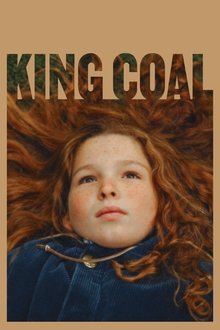
King Coal (2023)
The cultural roots of coal continue to permeate the rituals of daily life in Appalachia even as its economic power wanes. The journey of a coal miner’s daughter exploring the region’s dreams and myths, untangling the pain and beauty, as her community sits on the brink of massive change.

Life and Debt (2001)
Life and Debt is a 2001 American documentary film that examines the economic and social situation in Jamaica, and specifically how the International Monetary Fund and the World Bank's structural adjustment policies have impacted the island.

A Rustling of Leaves: Inside the Philippine Revolution (1988)
A chronicle of the three points of a political triangle — the legal left, the illegal (armed) revolution, and the enemy which threatens them both: the armed reactionary right. It is 1987. The dictatorship of Ferdinand Marcos has just been overthrown. Newly elected President Corazon Aquino struggles to wrench control of the country from her own military. A Rustling of Leaves poses the key question facing the revolutionaries and the Filipino Left: Should the People’s Movement continue the guerilla war, or do they dare enter legal politics and reveal the hidden face of the revolution?
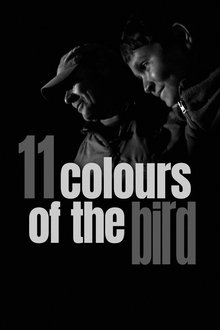
11 Colours of the Bird (2020)
A behind-the-scenes look at the eleven-year process it took to make The Painted Bird. The narratives of director Václav Marhoul and actor Petr Kotlár weave their way through the various stages of the film's creation, offering their subjective views from the beginning to the last flap of a year-and-a-half long shoot.

We Need to Talk About A.I. (2020)
Conflict between man and machine has been a science fiction staple for over a century. From 2001: A Space Odyssey to The Terminator the perceived threat posed by super-intelligent robots has been exploited by Hollywood for decades. But do advances in Artificial Intelligence mean we are now facing a future in which that threat could become a reality?

The Hacker Wars (2014)
h)ac(k)tivist-noun: a person who uses technology to bring about social change. The Hacker Wars - a film about the targeting of (h)ac(k)tivists, activists and journalists by the US government. There is a war going on- the war for our minds. The Hacker Wars.
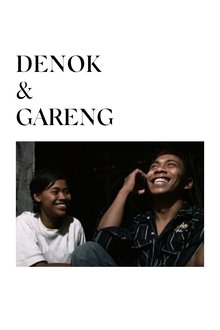
Denok & Gareng (2012)
In the constant stream of hoping, failing and making new plans, Denok and Gareng stay united in their passionate struggle to make it up the hill one day. In the modest house of Gareng’s mum, these young, ex-street urchins Muslim couple starts a small pig business, looking for the lucky streak to come over the family. But new challenges constantly arise, putting their cheerfulness and patience on trial. In an entirely observational approach, ‘Denok & Gareng’ explores a strong loving relationship inside a strikingly vivid family that sticks together, fights back and laughs, about what others would call a Sisyphus fate.
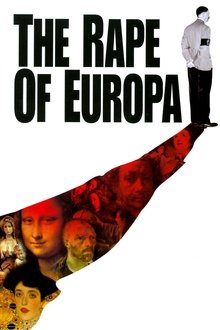
The Rape of Europa (2007)
World War II was not just the most destructive conflict in humanity, it was also the greatest theft in history: lives, families, communities, property, culture and heritage were all stolen. The story of Nazi Germany's plundering of Europe's great works of art during World War II and Allied efforts to minimize the damage.
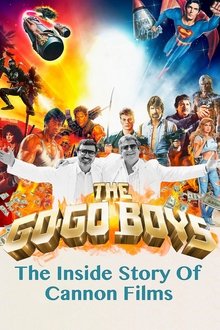
The Go-Go Boys: The Inside Story of Cannon Films (2014)
Cousins Menahem Golan and Yoram Globus relive the creation, rise and fall of their independent film company, Cannon Films. This documentary recounts their many successes and discusses their eventual downfall.

Birth of a Nation (1997)
Jonas Mekas assembles 160 portraits, appearances, and fleeting sketches of underground and independent filmmakers captured between 1955 and 1996. Fast-paced and archival in spirit, the film celebrates the avant-garde as its own “nation of cinema,” a vital community existing outside the dominance of commercial film.

